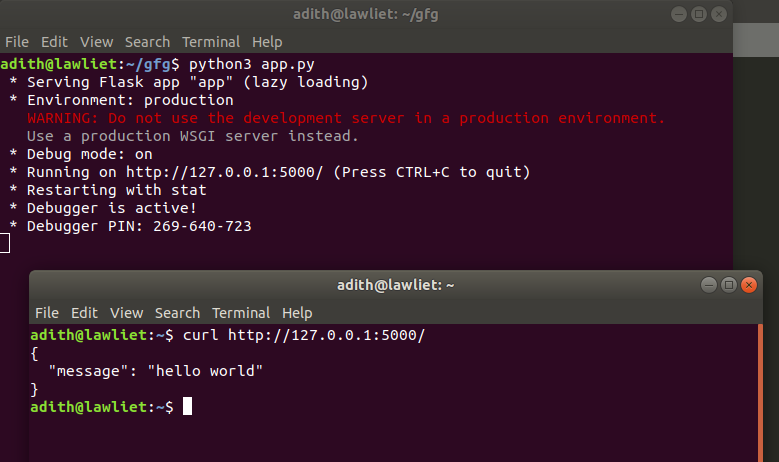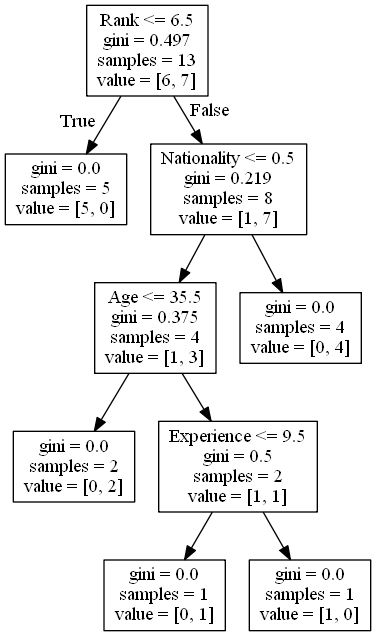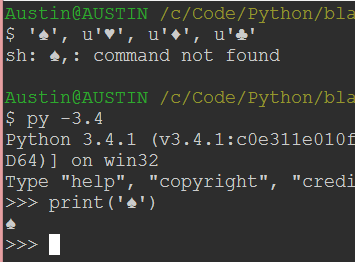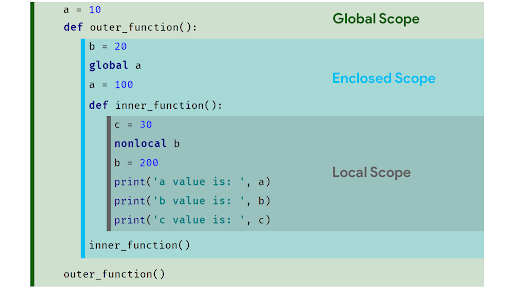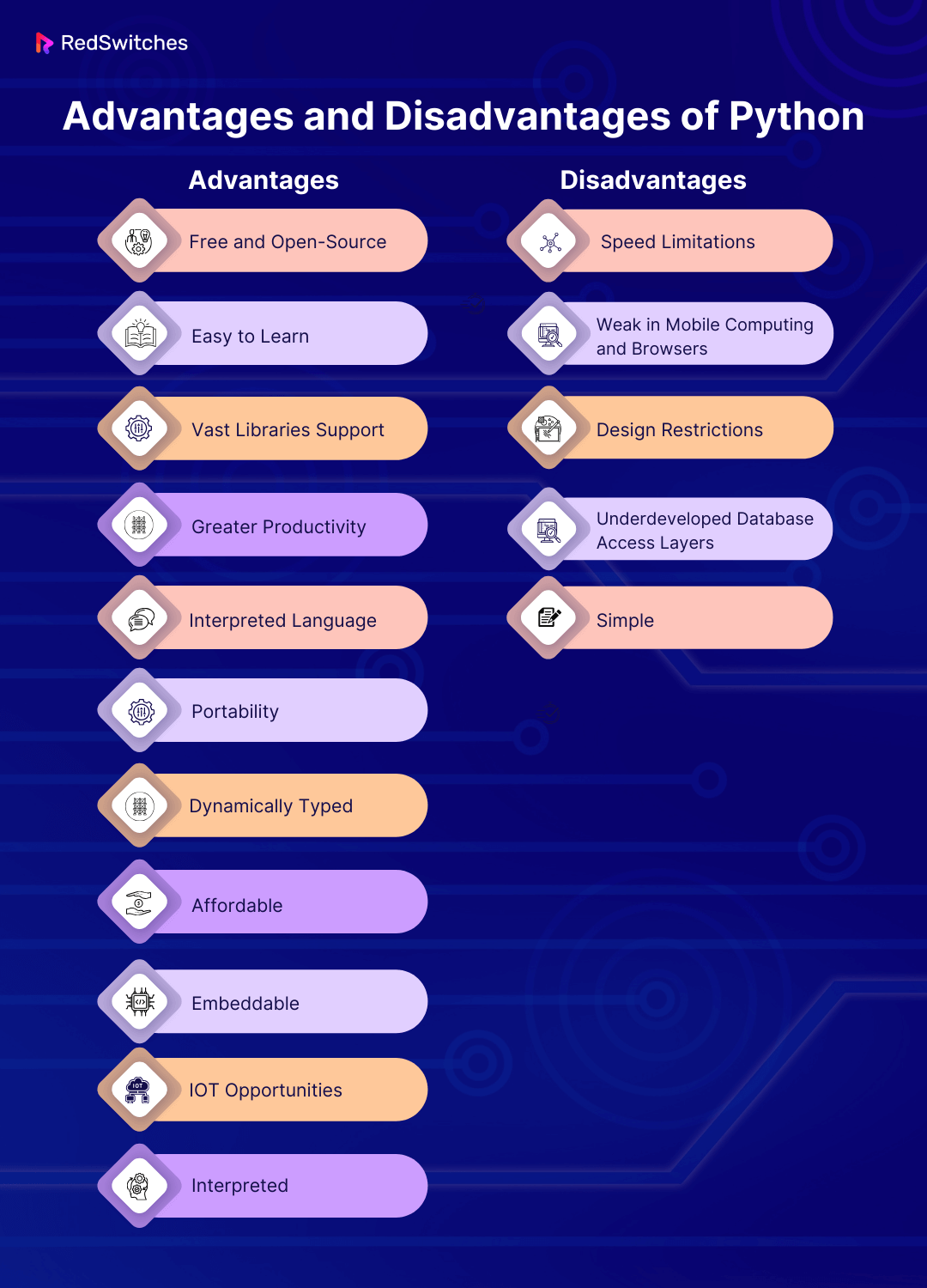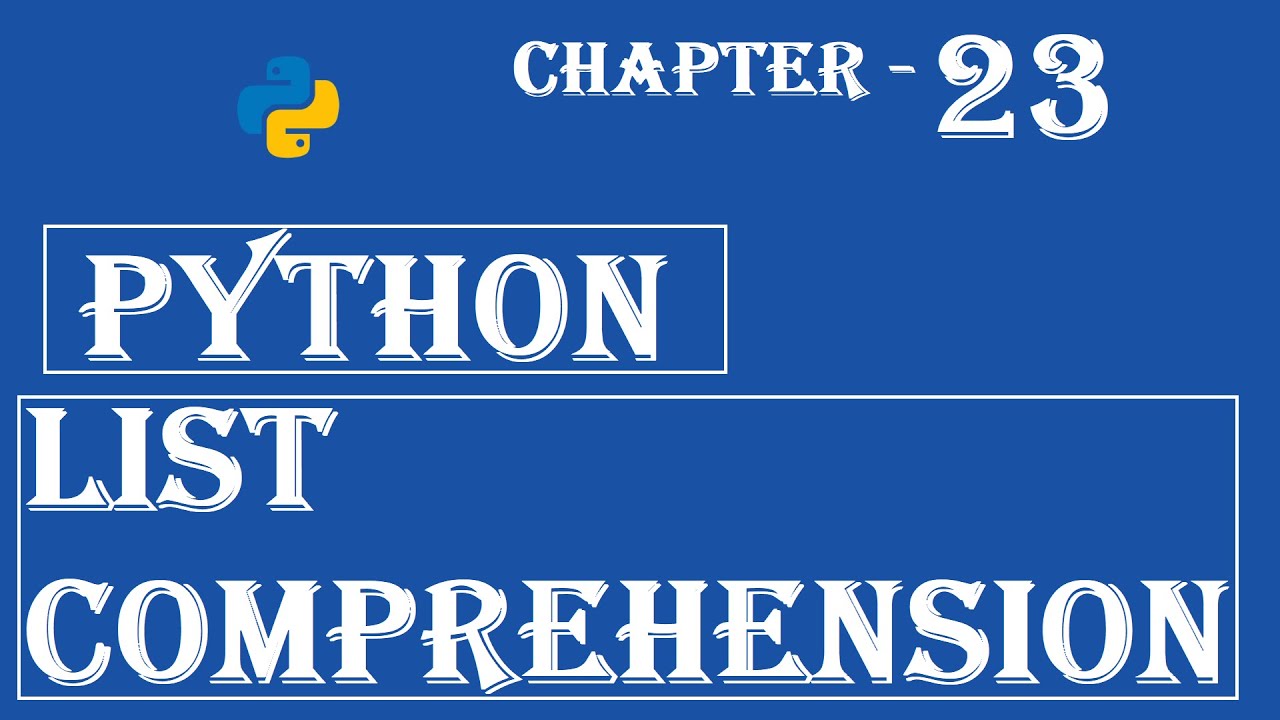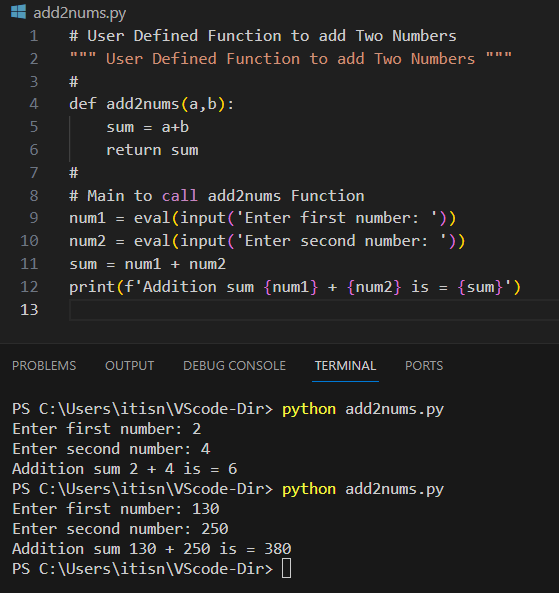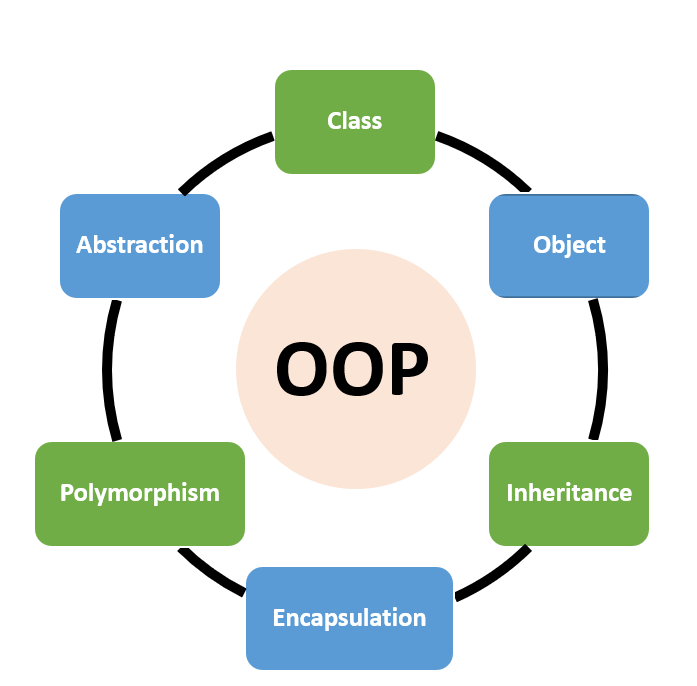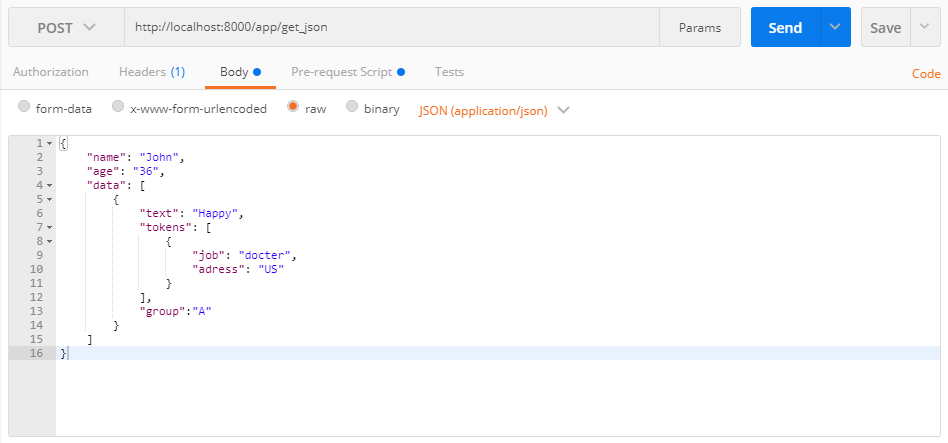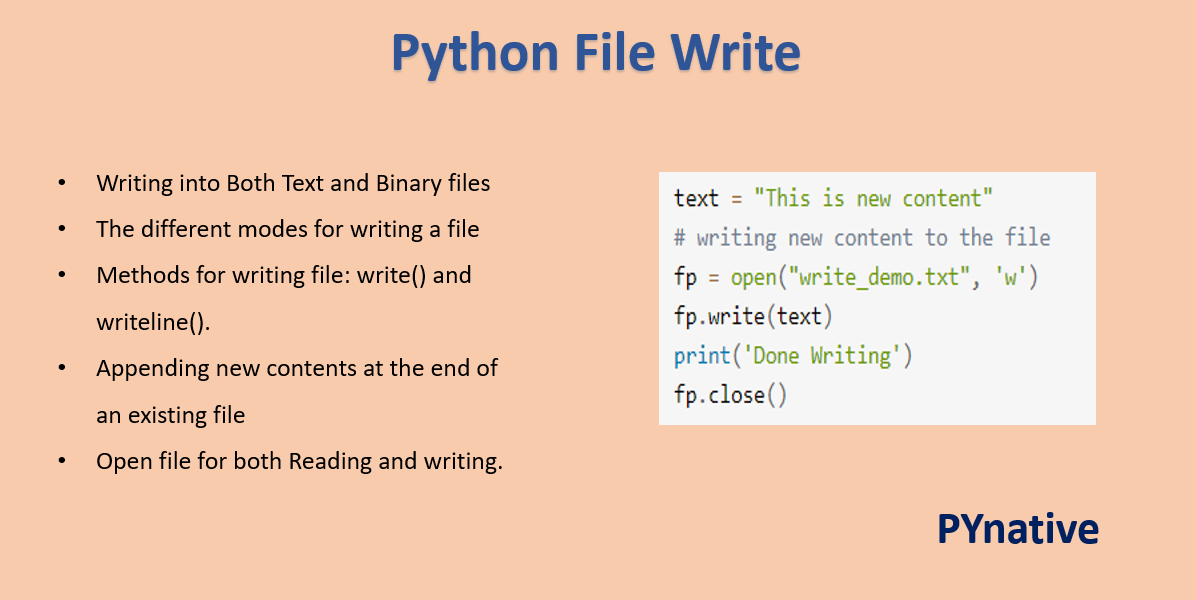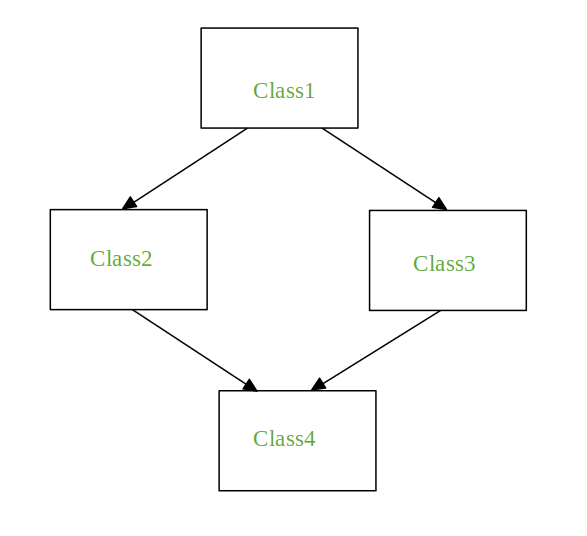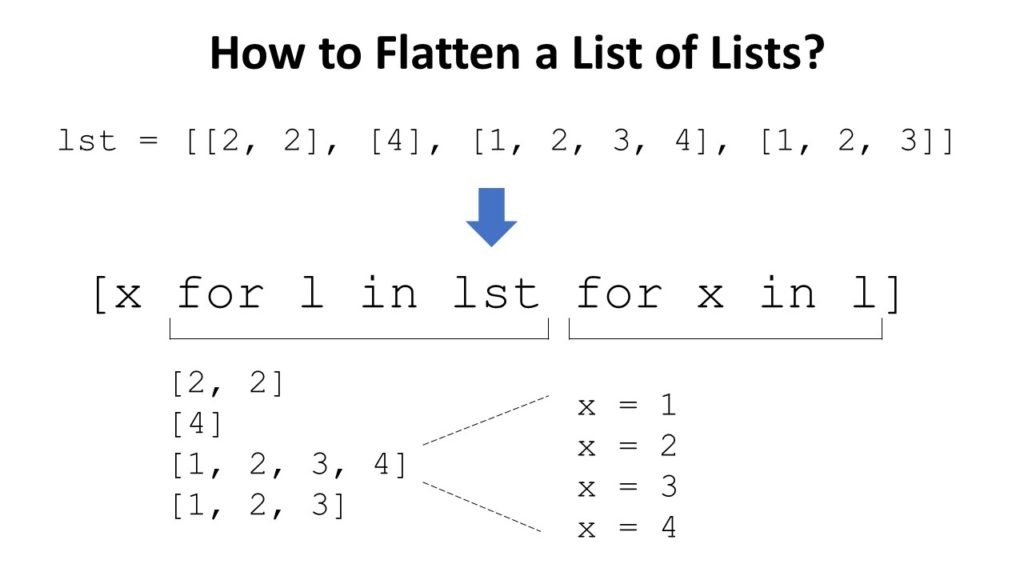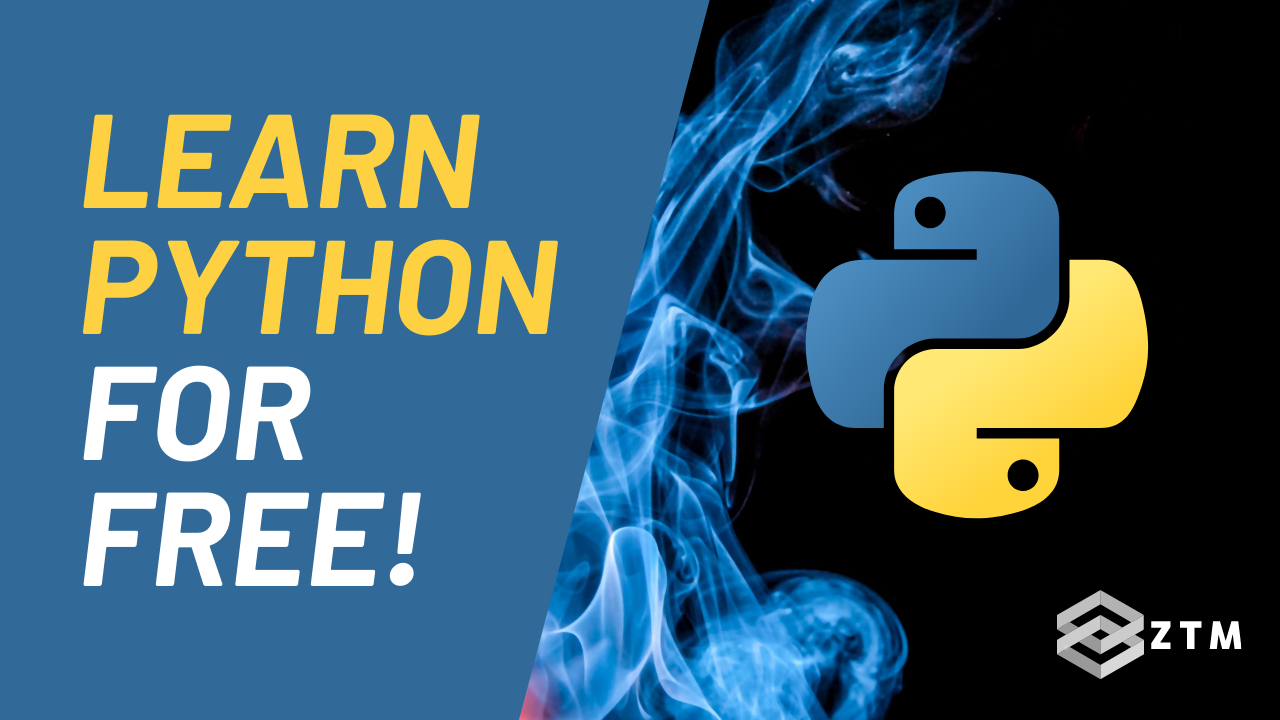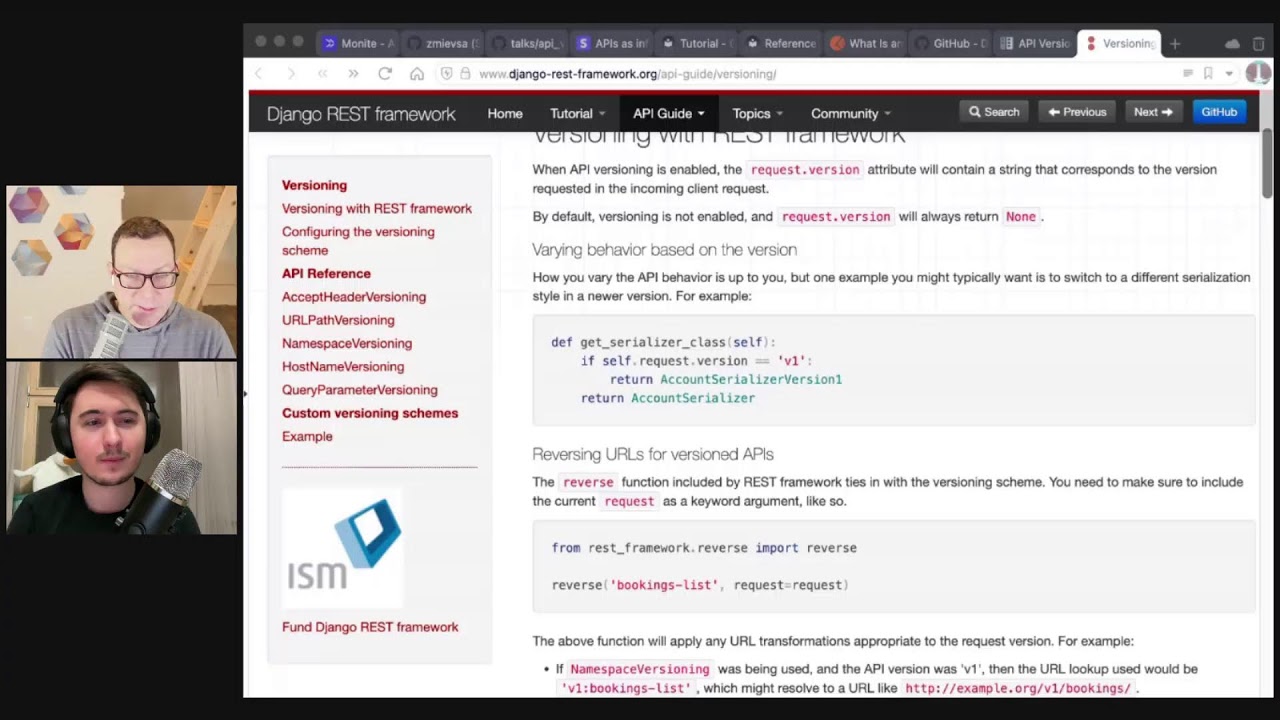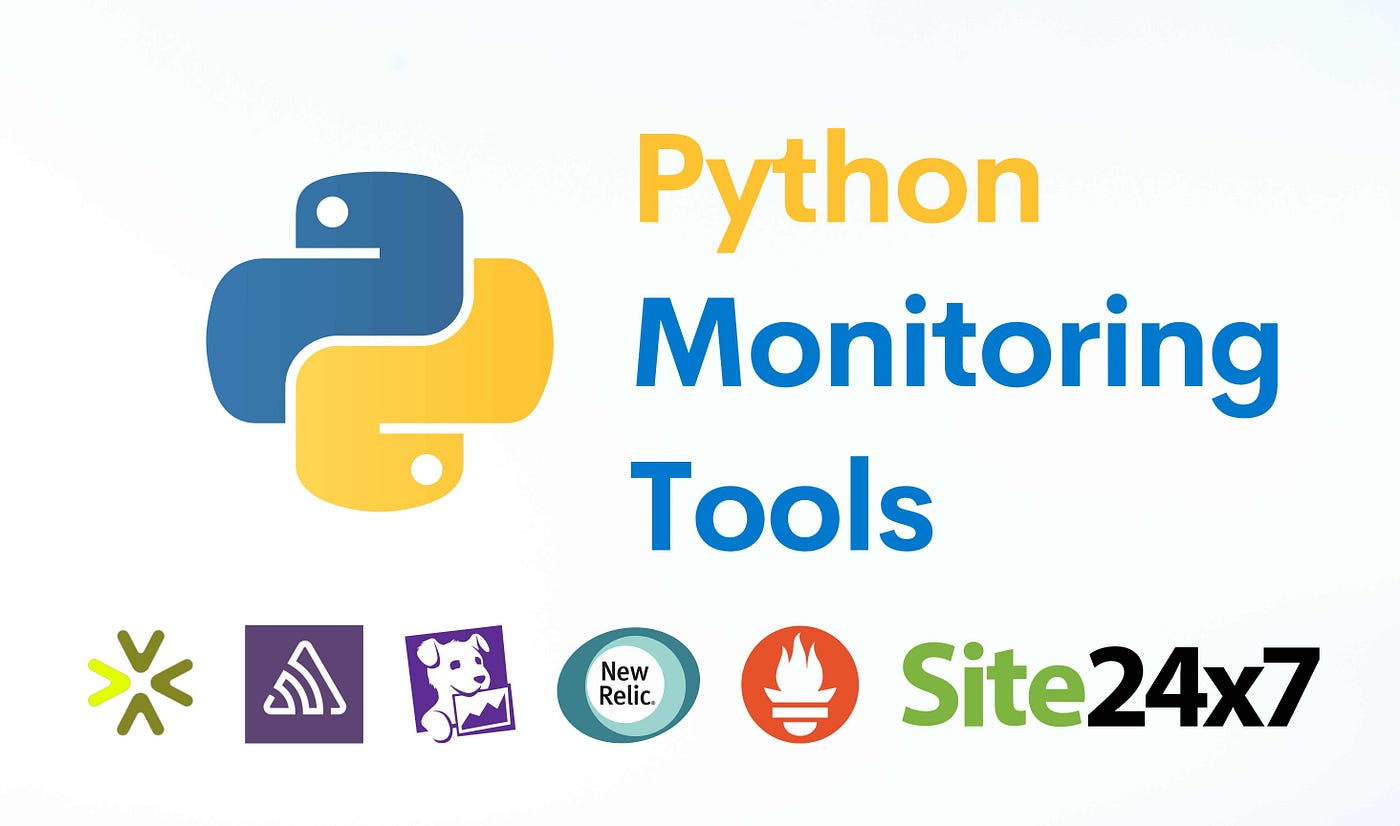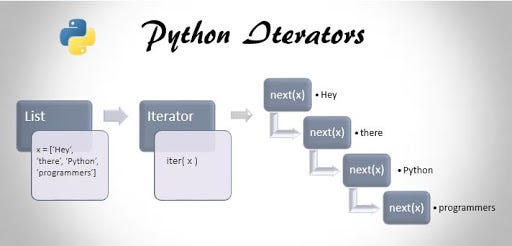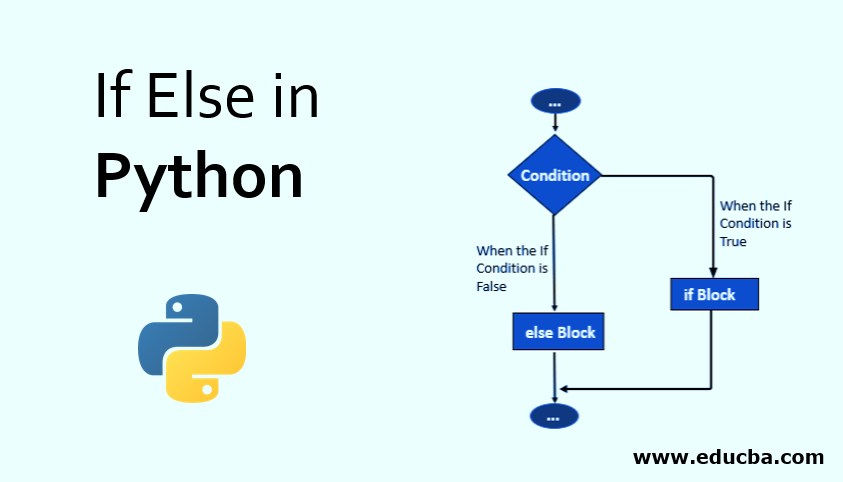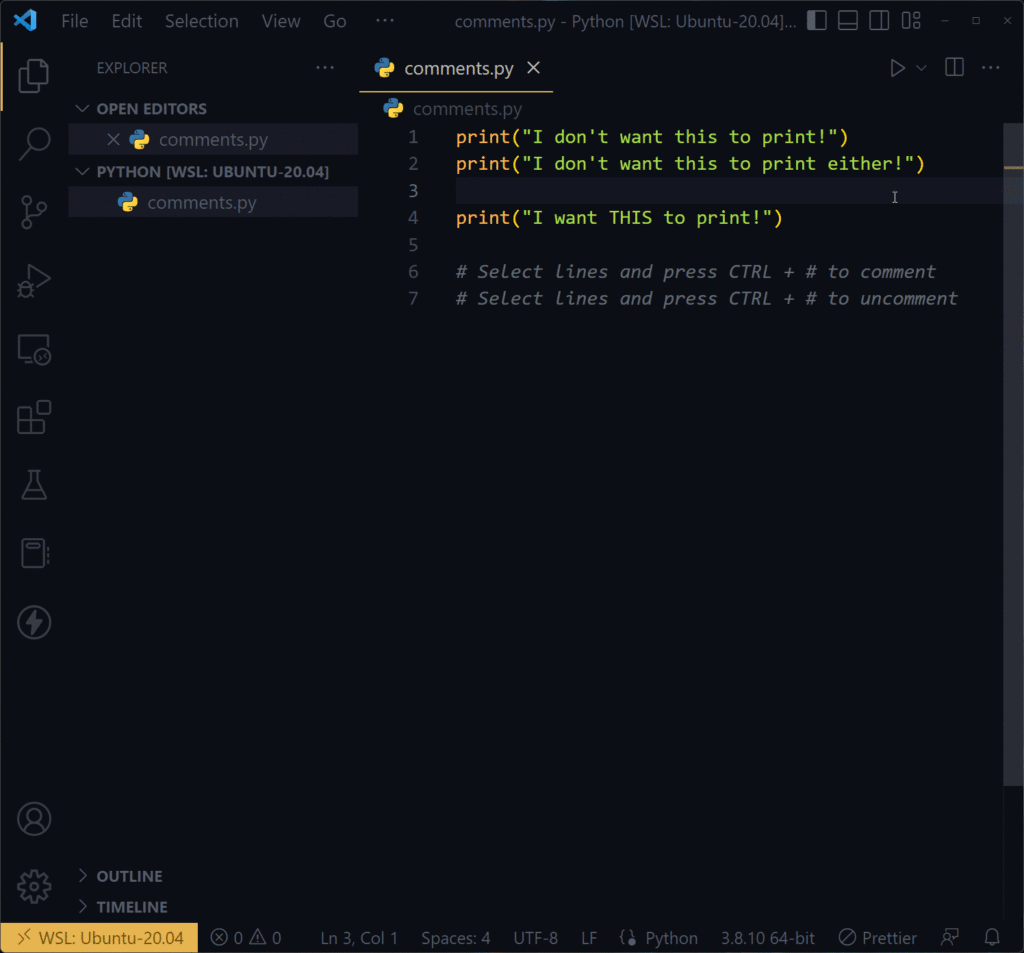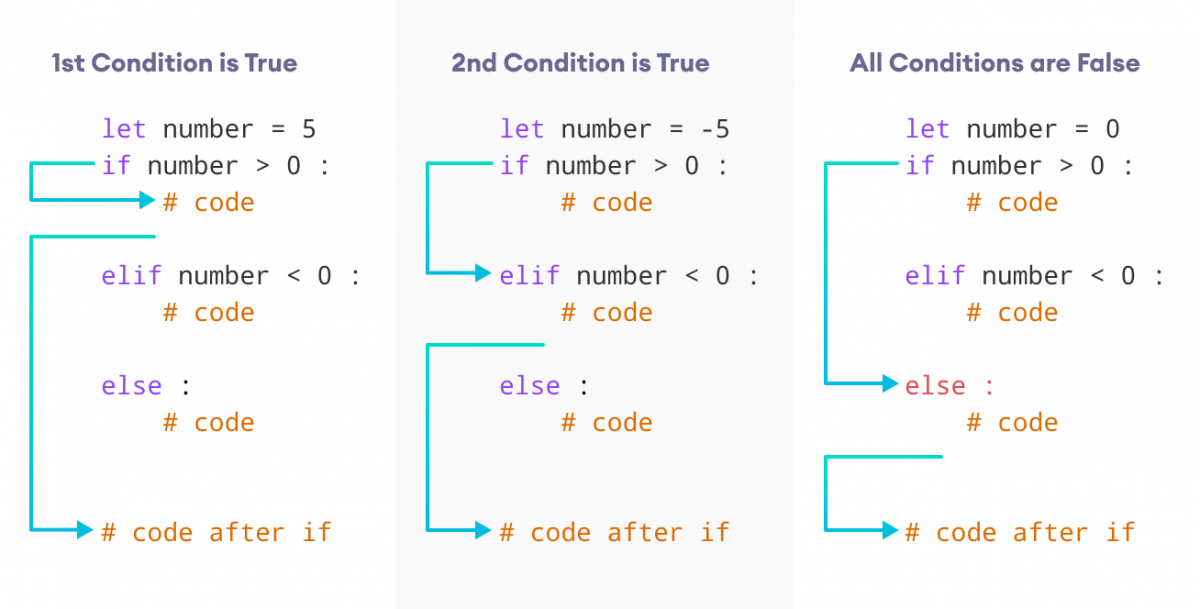How to use groups in RegEx in Python?
How to use groups in RegEx in Python?
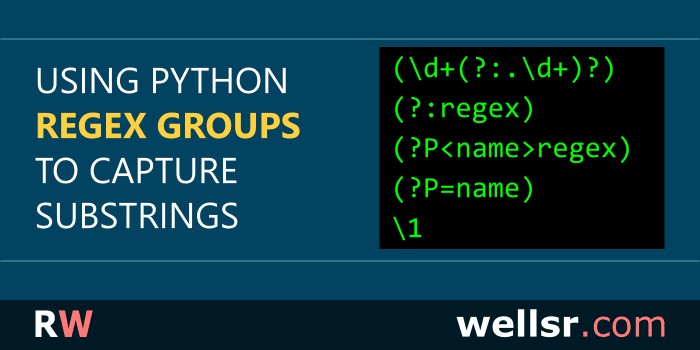
I'd be happy to help you with that!
In Python, the re module provides support for regular expressions (RegEx) operations. One of the most powerful features of RegEx is the ability to use groups, which allow you to capture and reuse parts of a matched string.
To use groups in RegEx in Python, you can follow these steps:
Create a RegEx pattern: You start by creating a RegEx pattern using there.compile() function. This function takes a string as an argument, which represents the regular expression pattern. For example, let's say you want to match strings that contain one or more digits (d+), followed by one or more word characters (w+). Your RegEx pattern might look like this: r'd+w+' Use parentheses to create groups: To capture parts of the matched string, you use parentheses (()). These parentheses create a group, which is a set of characters that are treated as a single unit.
For example, let's say your RegEx pattern needs to match strings that contain one or more digits, followed by one or more word characters. You can add parentheses around the w+ part, like this: r'(d+)w+'. The parentheses create a group for the w+ part.
match object. You do this by accessing the group() method, which returns the matched string of the specified group.
Let's say your RegEx pattern matches some text that contains a string with one or more digits followed by one or more word characters. After matching the text, you can access the groups using something like this:
import re
Create a RegEx pattern
pattern = re.compile(r'(d+)w+')
Test string
test_string = '123hello'
Match and capture the group
match = pattern.match(test_string)
if match:
print(f"Group 1: {match.group(1)}") # This will output "123"
In this example, match.group(1) returns the matched string of the first group (the d+ part). The group() method is used to access the captured groups.
(?P<name>pattern) syntax.
For example:
import re
Create a RegEx pattern
pattern = re.compile(r'(?Pd+)w+')
Test string
test_string = '123hello'
Match and capture the group
match = pattern.match(test_string)
if match:
print(f"Group 'digit': {match.group('digit')}") # This will output "123"
In this example, (?P<digit>d+) is a named group that matches one or more digits. You can access it using match.group('digit'), which returns the matched string of the digit group.
By mastering the art of creating and using groups in Python's RegEx, you'll be able to extract valuable information from text strings and automate tasks with greater ease!
python group(1)
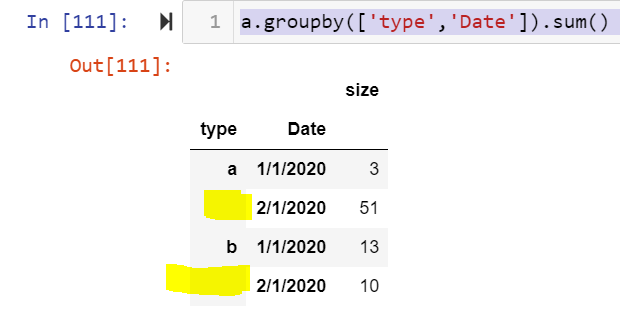
I'm happy to help you with the Python groupby function!
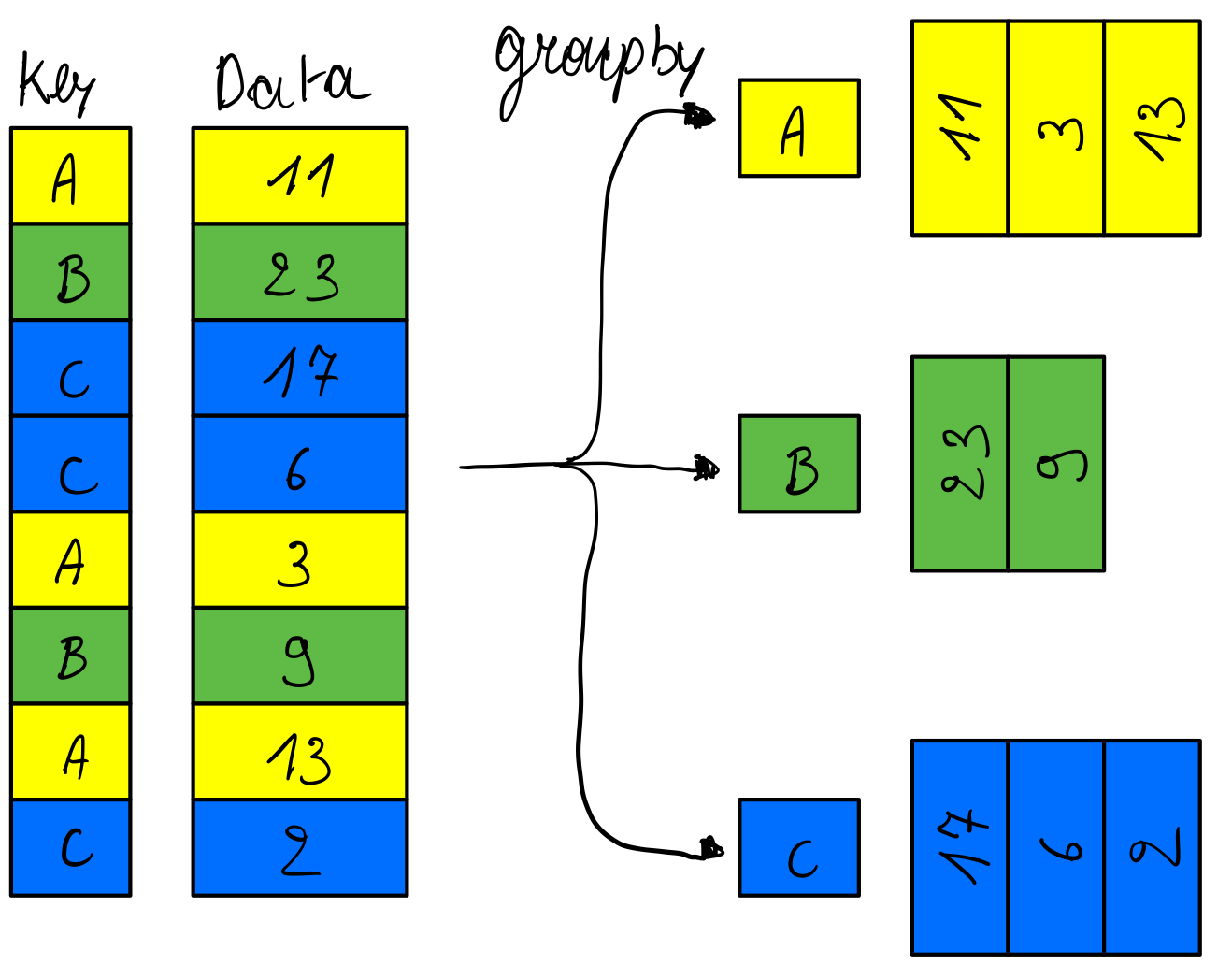
What is groupby?
The groupby function in Python is a powerful tool for grouping and aggregating data from an iterable (like a list, tuple, or dictionary). It's often used in data science, statistics, and machine learning to analyze and summarize large datasets.
How does it work?
Imagine you have a list of students with their names, ages, and grades. You want to group them by age and calculate the average grade for each age group. That's exactly what groupby does!
Here's the basic syntax: groupby(obj, keyfunc)
obj is the iterable (like a list or dictionary) that you want to group. keyfunc is a function that takes an element from obj and returns a unique identifier (like a category label).
When you use groupby, it creates an iterator over the grouped elements. Each iteration yields a tuple containing:
keyfunc's output (i.e., the group key). An iterator over all items with that same group key.
Let's see this in action!
Example 1: Grouping Students by Age
Suppose we have a list of students with their names, ages, and grades:
students = [{"name": "Alice", "age": 18, "grade": 90},
{"name": "Bob", "age": 19, "grade": 85},
{"name": "Charlie", "age": 18, "grade": 92},
{"name": "David", "age": 20, "grade": 88}
]
We can group these students by age using groupby like this:
import itertoolsdef get_age(student):
return student["age"]
age_groups = itertools.groupby(students, keyfunc=get_age)
for age, group in age_groups:
print(f"Age {age}:")
for student in group:
print(f"{student['name']}: {student['grade']}")
This code defines a get_age function that extracts the age from each student dictionary. We then pass this function to groupby, along with our students list.
The output will be something like:
Age 18:
Alice: 90
Charlie: 92
Age 19:
Bob: 85
Age 20:
David: 88
Example 2: Grouping Items by Category
Suppose we have a dictionary of items with their categories and ratings:
items = [{"category": "Electronics", "rating": 4.5},
{"category": "Toys", "rating": 3.8},
{"category": "Clothing", "rating": 4.2},
{"category": "Electronics", "rating": 4.1}
]
We can group these items by category using groupby like this:
import itertoolsdef get_category(item):
return item["category"]
categories = itertools.groupby(items, keyfunc=get_category)
for category, group in categories:
print(f"Category {category}:")
for item in group:
print(f"{item['rating']}")
This code defines a get_category function that extracts the category from each item dictionary. We then pass this function to groupby, along with our items dictionary.
The output will be something like:
Category Electronics:
4.5
4.1
Category Toys:
3.8
Category Clothing:
4.2
Conclusion
The Python groupby function is a powerful tool for grouping and aggregating data from iterables. With its ability to create iterators over grouped elements, it makes working with complex datasets much easier!
In this post, we've explored two examples of using groupby: grouping students by age and items by category. These examples demonstrate the flexibility and versatility of groupby, making it a valuable addition to your Python toolkit!
